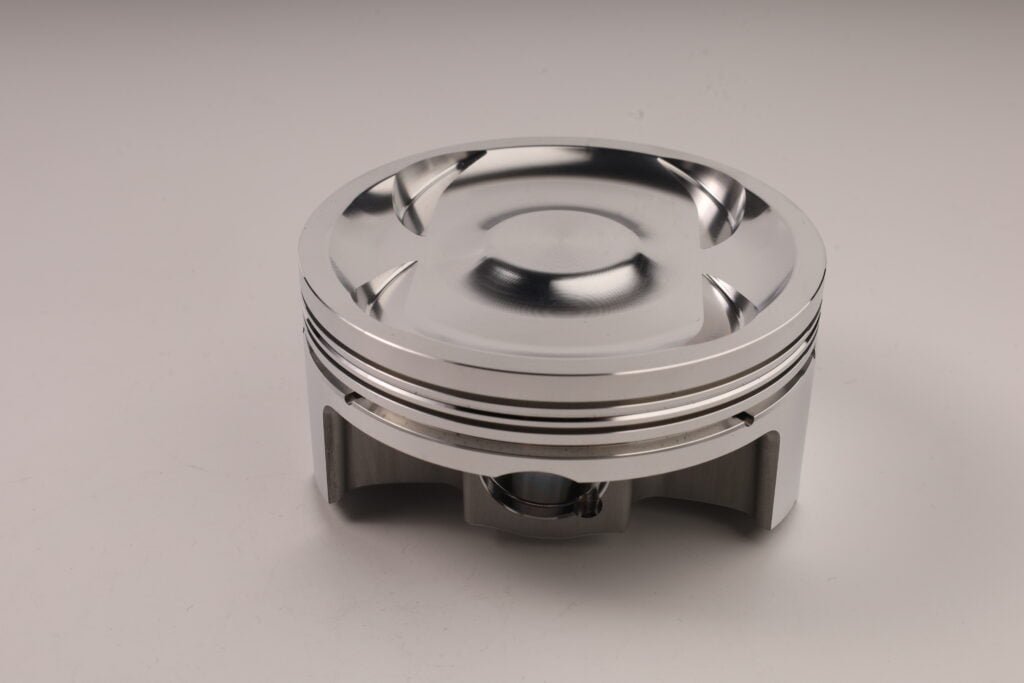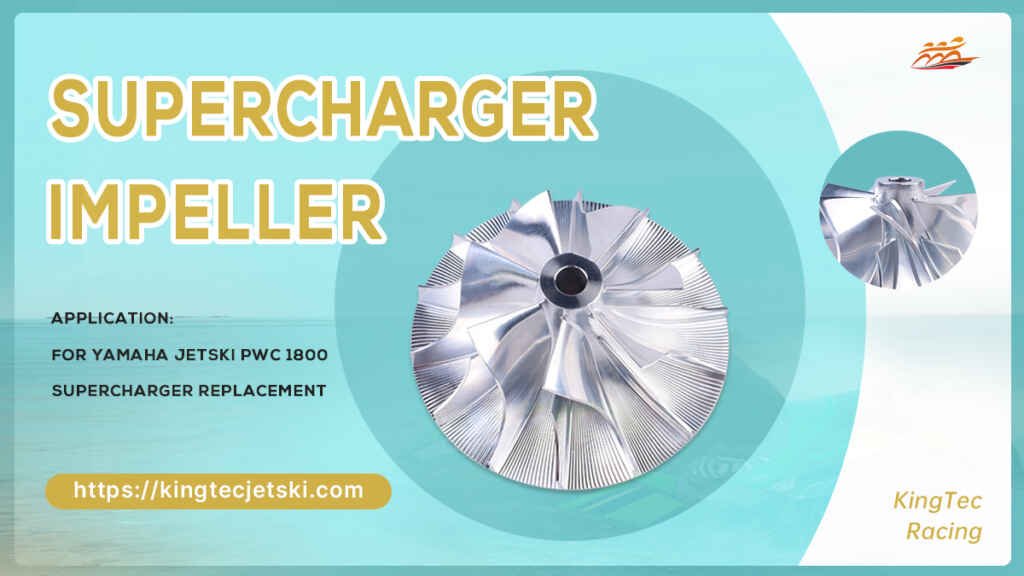What is the difference between Yamaha 1.8 HO and SVHO?
As of my last knowledge update in September 2021, Yamaha 1.8 HO and SVHO refer to different types of marine engines used in Yamaha personal watercraft (PWC) or jet skis. Here’s a basic comparison:
Yamaha 1.8 HO (High Output):
The 1.8 HO engine is a high-output engine designed for personal watercraft. It provides a good balance between power and fuel efficiency.
This engine typically offers a competitive amount of horsepower and torque, making it suitable for a wide range of water activities, including cruising and towing water toys.
The 1.8 HO is a popular choice for recreational riders who want a reliable and efficient engine for their PWC.
Yamaha 1.8 SVHO (Super Vortex High Output):
The SVHO engine is a higher performance version of the 1.8 HO. It’s designed for riders who want more power and acceleration.
The SVHO engine usually features enhanced performance components, such as a more aggressive supercharger, larger intercooler, and other performance-oriented upgrades.
It tends to produce significantly more horsepower and torque compared to the 1.8 HO, making it suitable for aggressive riding, racing, and towing heavy loads.
In summary, the main difference between Yamaha 1.8 HO and SVHO lies in their performance capabilities. The SVHO is engineered for those who demand higher levels of power and performance, while the 1.8 HO offers a good balance of power and efficiency for more general recreational use.
How often do Yamaha supercharger need rebuild?
The frequency with which a Yamaha supercharger needs to be rebuilt can vary based on several factors, including usage, maintenance practices, and environmental conditions. As of my last knowledge update in September 2021, here are some general guidelines:
1. Normal Usage:
For a personal watercraft (PWC) that is used recreationally and not subjected to particularly aggressive riding or racing, a supercharger may not need a rebuild for several hundred hours of operation. Some owners might not need to rebuild the supercharger for the entire lifespan of the PWC.
2. Aggressive Riding and Racing:
If a PWC is used for aggressive riding, racing, or towing heavy loads, the supercharger may experience more stress and wear. In such cases, it might be necessary to rebuild the supercharger more frequently, potentially as often as every 100-200 hours of operation.
3. Maintenance:
Regular maintenance practices, including flushing the engine, changing the oil, and inspecting components, can significantly impact the lifespan of a supercharger. Neglecting maintenance can lead to premature wear and the need for more frequent rebuilds.
4. Environmental Factors:
The type of water (saltwater vs. freshwater) the PWC is used in can also affect the lifespan of the supercharger. Saltwater environments tend to be more corrosive and can lead to accelerated wear on components, including the supercharger.
5. Manufacturer Recommendations:
It’s important to consult the owner’s manual or the manufacturer’s recommendations for specific guidance on supercharger maintenance intervals. Yamaha, like other manufacturers, may have specific guidelines for their superchargers.
6. Visual Inspection:
Regularly inspecting the supercharger and associated components for signs of wear, damage, or unusual noise can help identify issues before they become major problems.
How much extra HP does a supercharger add?
A supercharger is an air compression device that forces more air into the engine’s combustion chambers, allowing for more fuel to be burned and thus generating additional power. The amount of extra horsepower (HP) a supercharger can add depends on several factors:
1. Type of Supercharger:
There are different types of superchargers, including positive displacement and centrifugal superchargers. Positive displacement superchargers typically provide more immediate low-end power, while centrifugal superchargers often deliver higher horsepower gains at higher RPMs.
2. Engine Size and Design:
The size and design of the engine play a significant role. A smaller engine with a supercharger may experience a more noticeable percentage increase in horsepower compared to a larger engine with the same supercharger.
3. Boost Pressure:
Boost pressure refers to the additional air pressure provided by the supercharger. Higher boost pressures typically result in greater horsepower gains. However, it’s important to note that increasing boost pressure beyond the engine’s design limits can lead to reliability issues or even engine damage.
4. Intercooling:
Some supercharger systems include an intercooler, which cools the compressed air before it enters the engine. This can improve efficiency and allow for higher boost levels, resulting in greater horsepower gains.
5. Tuning and Fueling:
Proper tuning of the engine’s electronic control unit (ECU) and ensuring the engine receives an appropriate amount of fuel is crucial for maximizing the benefits of a supercharger.
6. Exhaust System:
A more free-flowing exhaust system can help the engine expel exhaust gases more efficiently, which can complement the increased airflow provided by the supercharger.
7. Other Modifications:
Additional engine modifications, such as upgraded camshafts, crankshafts, headers, or forged internals, can work in conjunction with a supercharger to maximize horsepower gains.
In practical terms, superchargers can add anywhere from 30% to well over 100% extra horsepower, depending on the factors listed above. It’s worth noting that while a supercharger can provide significant power gains, it’s important to ensure that the engine and associated components are able to handle the increased stress and heat generated by the additional power. This may require additional modifications and upgrades to maintain reliability.
For more products, please visit KingTec Racing.




